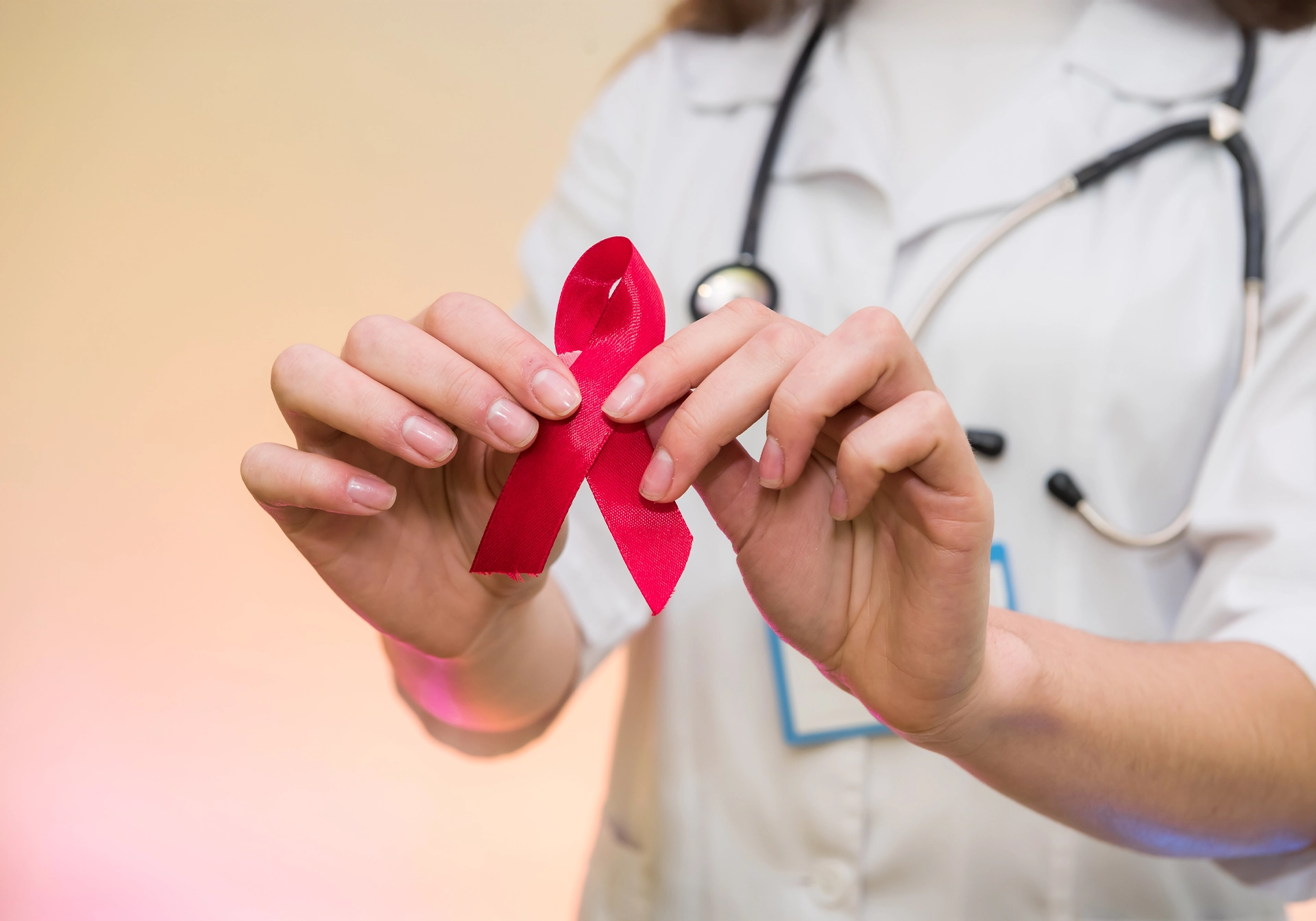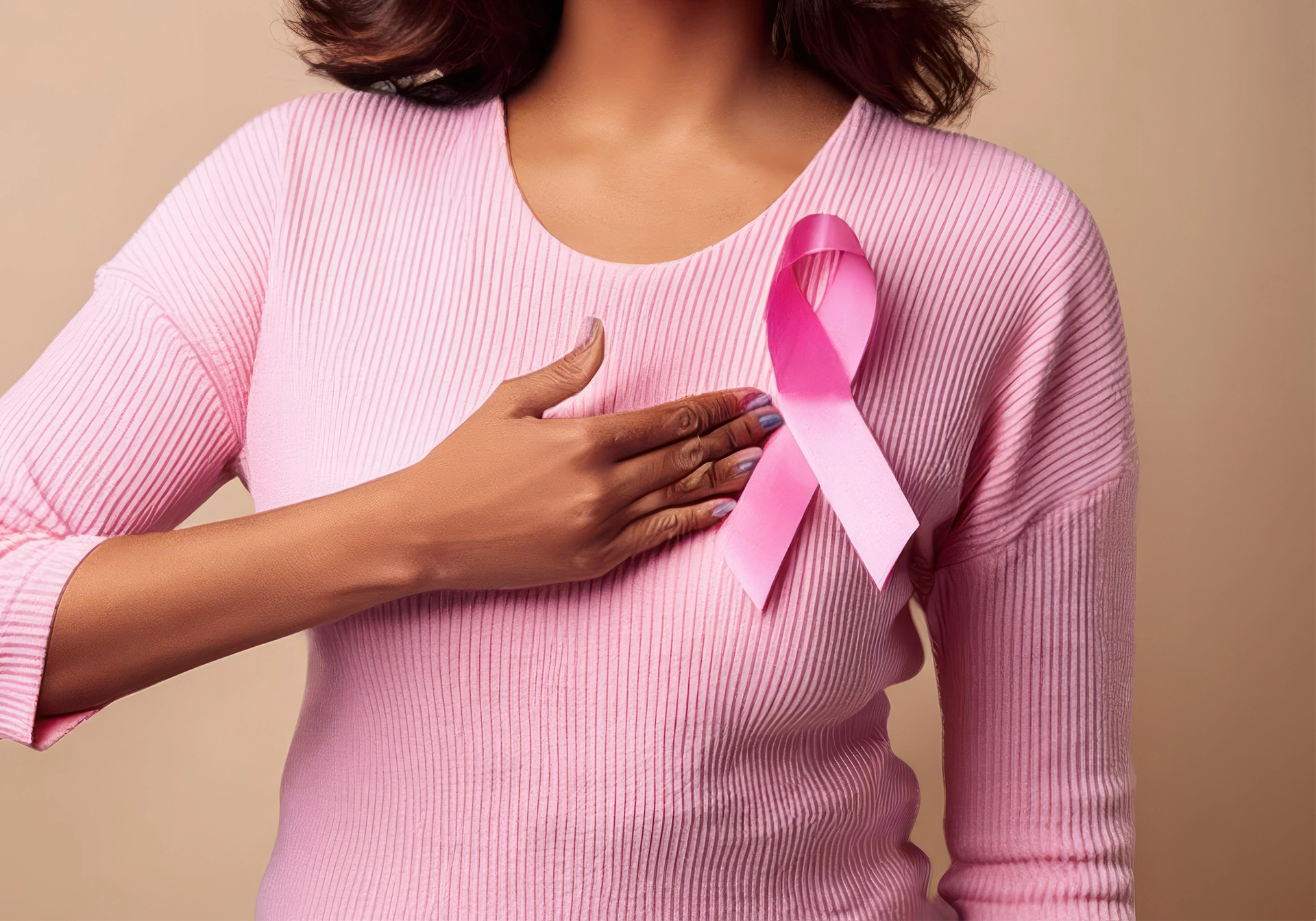
- Blog
- August 11,2025
- 0 Comments
Both screening and prevention can reduce mortality from many cancers.
Screening detects abnormalities before they are clinically apparent, allowing for intervention when treatment is most effective.
Prevention strategies focus on modifying environmental and lifestyle risk factors that promote cancer.
LIFESTYLE RECOMMENDATIONS TO PREVENT CANCER:
- No tobacco
- No alcohol.
- No reusing oil
- No powdered milk
- No carbonated juice
- No processed food
- No processed sugars
- No red meat/ processed meat
- No saturated / trans fat
- No microwave
- No to reheating frozen meals
- No to plastic/ plastic coated cups, plates or food containers.
- No storing water in the refrigerator in plastic bottles.
- No birth control pills
- No prenatal mammogram.
- No tight bras
Yes to:
- Healthy weight
- Physical activities
- Diet rich in fruits, vegetables, and whole grains.
- Vegetable proteins like beans instead of meat.
- Honey in reasonable quantity instead of sugar.
- Unheated meals
- Vaccination(HPV,HBV)
- Sun protection
- Breastfeeding
- Endocrine therapy for females at high risk of breast cancer.
- Regular screening for breast, cervical, colorectal, and lung cancer.
TOBACCO USE
- Tobacco use accounts for 21 percent of total cancer deaths worldwide
Smoking is the strongest risk factor – - lung cancer.
- leukaemia
- cancers of the oral cavity, nasal cavity, paranasal sinuses, nasopharynx, larynx.
- esophagus,stomach, cervix, large bowel, and bladder
Smoking cessation leads to reduced risk of most tobacco-related diseases.
ALCOHOL
Alcohol consumption increases the risk of breast cancer,Gastrointestinal cancers (oesophagus,colorectal, pancreatic, Hepatocellular and pancreatic), head & neck and lung cancer.
OBESITY
Excess weight is associated with an increased risk of 13 types of cancer
There is strong association between obesity and the following cancers-
- Endometrial
- Kidney
- Gastric cardia
- Colon
- Rectum
- Biliary tract
- Pancreas
- Breast
- Esophageal adenocarcinoma
- Ovarian
- Multiple myeloma
- Hepatocellular carcinoma
- Meningioma
PHYSICAL ACTIVITY
- Exercise is associated with a lower risk of cancer.
- Sedentary lifestyle is associated with 3 percent of cancer deaths.
- Exercise may provide modest protection against breast, intestinal, bladder, kidney, lung, stomach, esophageal, prostate, endometrial, and pancreatic cancers
DIET
- Advice on dietary patterns —
Diets high in ultra-processed foods are associated with greater than 10 percent increases in the risk of all-cancer. - Red meat and processed meat are associated with an increased risk of colorectal cancer and advanced prostate cancer
- Patients with diabetes have a twofold or greater risk of cancers of the liver, pancreas, and endometrium.
Mortality is 17 percent lower with a vegetarian diet than for non-vegetarians.
Mediterranean diet is associated with a 4 to 12 percent lower risk of cancer.
INFECTIONS
13 percent of all new cancers worldwide are due to infections
- Human papillomavirus (HPV) –
- Cervical cancer
- Anogenital cancers -squamous cell cancers of the head and neck
2.Hepatitis B virus (HBV) and hepatitis C virus (HCV)
- Hepatocellular carcinoma
3. Human T-cell lymphotropic virus type 1 (HTLV-1)
- Adult T-cell leukemia
4. HIV
- Kaposi sarcoma
- Non-Hodgkin lymphoma
5. Human herpes virus 8 -Kaposi sarcoma
6. Epstein-Barr virus (EBV) -Burkitt lymphoma
7. Helicobacter pylori -gastrointestinal malignancies
8. Liver flukes -cholangiocarcinoma -hepatocellular carcinoma
Interventions to decrease risk from infections —
Most of the above infections are spread through contact with infected blood or body fluids.
Prevention-
1. Safer sexual practices.
2. Use of sterile disposable needles.
3. Regulation of tattooing.
4. Screening of blood, organ, and semen donors.
Specific interventions for some viruses-
1. HPV vaccination.
2. HBV vaccination for adults at high risk.
3. Decreasing the hepatitis B viral load by treatment with interferon or nucleoside/tide analogues in patients with chronic hepatitis B.
4. HCV one time screening is recommended in all adults ages 18 to 79 years.
Periodic screening for those at high risk ( drugs addict, healthcare personal etc.)
5. Pre-exposure prophylaxis can significantly lower the risk of HIV infection in high-risk groups.
6. Retroviral therapy for HIV infection.
ENVIRONMENTAL EXPOSURES
- Sun and ultraviolet radiation exposure – melanomatous and nonmelanomatous skin cancer
- Ultraviolet exposure from tanning beds increases risk for melanoma.
- Air pollution – Diesel exhaust and particulate matter air pollution have been associated with increased risk of lung cancer.
- Arsenic – Long-term exposure to elevated arsenic levels in drinking water causes bladder cancer
CHEMOPREVENTION
- Metformin – Both cancer incidence and cancer mortality were reduced by 30 percent among users of metformin.
- NSAID – Regular use of aspirin and other nonsteroidal antiinflammatory drugs (NSAIDs) has been shown to decrease the risk of adenomatous polyps and colorectal cancer
Evidence indicates that moderate doses (such as those used for the prevention of cardiovascular disease) and even alternate-day low-dose aspirin are sufficient
At least 10 years of regular aspirin use may be necessary to achieve substantial reductions in the risk of colorectal cancer
Aspirin as chemo prevention recommend for high risk populations — individuals at the highest risk for colorectal cancer due to lifestyle factors, including higher BMI, smoking history, alcohol consumption, less physical activity, and a poorer-quality diet.
Important note-
- COX-2 inhibitors – Although COX-2 inhibitors are effective for colorectal neoplasia prevention they are associated with increased cardiovascular risk.
- Calcium – Increased calcium intake has been linked to reduced risk of colorectal cancer but may be associated with an increased risk of prostate cancer.
- Vitamin E – Vitamin E supplementation may increase the risk of prostate cancer
*The opinion expressed in the Blog is of Dr Vijay D’Silva
The information provided in the blog is for educational purpose only and does not substitute for professional medical advice, diagnosis or treatment.
Do not ‘self-diagnose/ treat’.
Consult a qualified medical professional for opinion and treatment.




